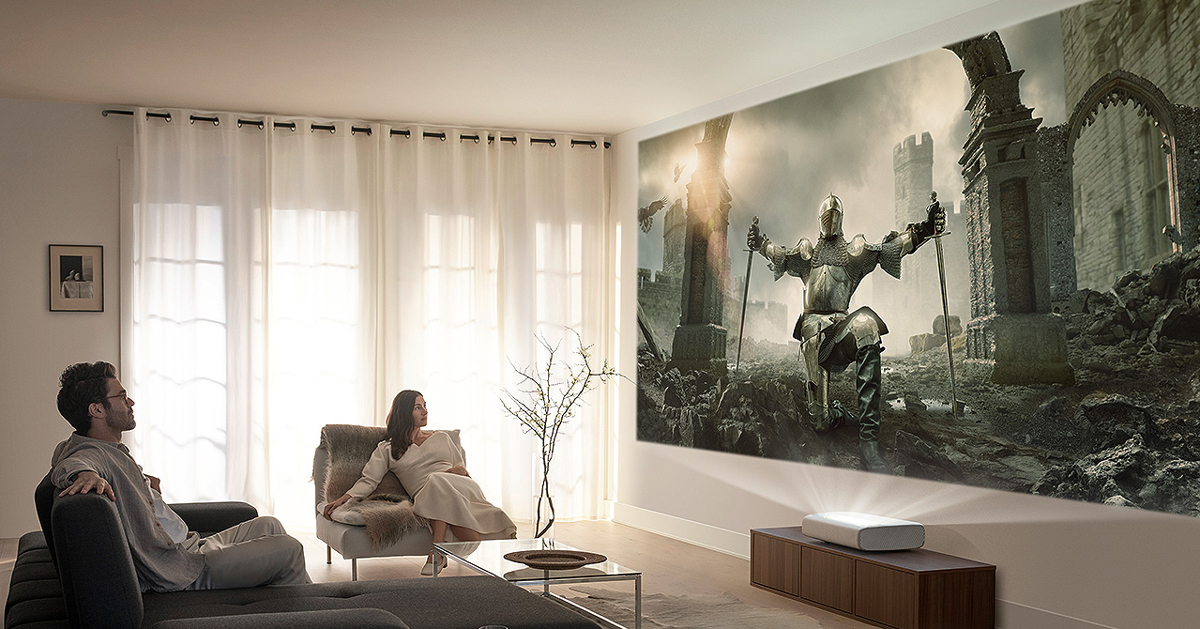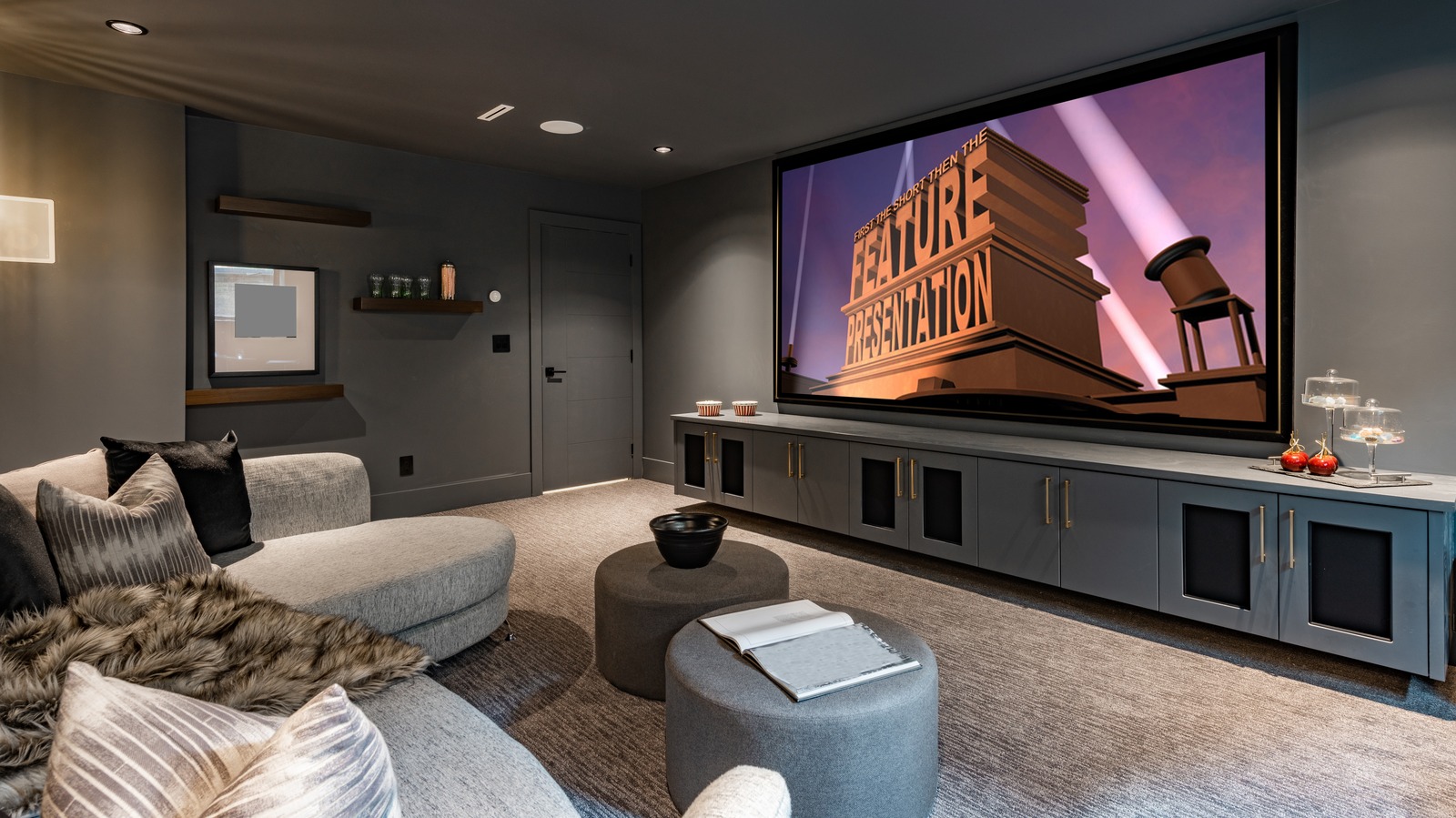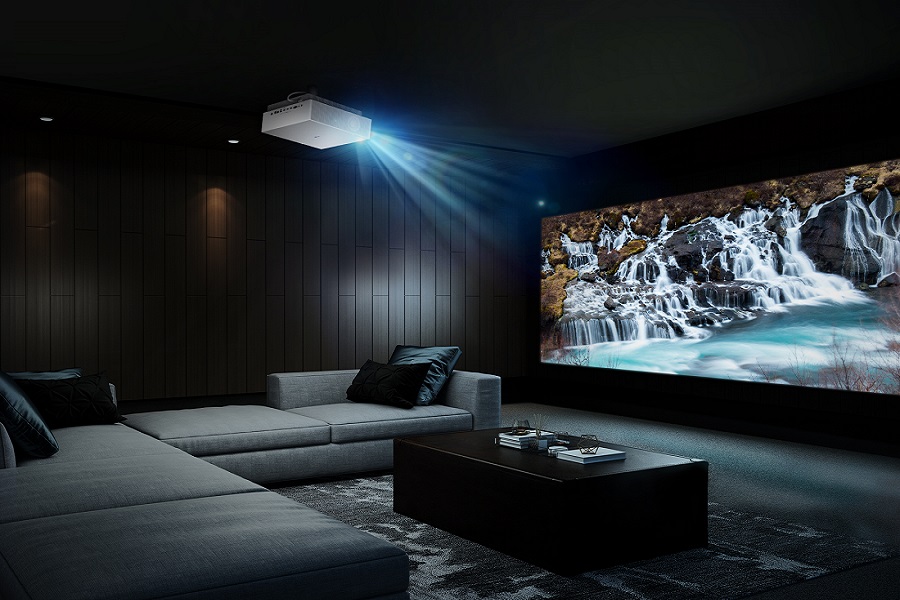Home Theater 101: Whatever You Required to Know for a Cinematic Experience in the house
Developing a home theater that rivals the motion picture experience of a commercial theatre includes mindful consideration of multiple parts, including screen option, sound systems, and space format. Whether you are contemplating the ideal screen size or the details of border noise, recognizing these basics is crucial.
Picking the Right Screen
When setting up a home movie theater, picking the appropriate screen can make or break the seeing experience - home theater installation tampa. The screen functions as the centerpiece of your configuration, influencing image top quality, checking out angles, and total aesthetic. Key variables to take into consideration consist of display resolution, size, and kind
Initially, determine the suitable display dimension based on your space measurements and seating distance. A general guideline is to sit roughly 1.5 to 2.5 times the diagonal display dimension for ideal watching. Next off, select in between various display types, such as fixed-frame, motorized, or retracting screens, each offering distinct advantages. Fixed-frame screens normally give the very best picture top quality, while mechanized options enable versatility in area usage.
Resolution is one more crucial aspect. For a really immersive experience, take into consideration a display made for 4K or even 8K content, ensuring sharpness and quality. In addition, take into consideration the screen's gain, which impacts brightness and contrast; a greater gain can improve brightness in well-lit areas, while a reduced gain may be preferable for darker environments.
Choosing Sound Equipment
Audio tools is an essential component of any kind of home cinema system, significantly improving the general watching experience. The selection of audio equipment can establish the depth, quality, and immersion of audio, essential for creating a cinematic ambience.
When choosing audio tools, think about a border stereo, which generally includes a receiver, numerous speakers, and a subwoofer. A 5.1 or 7.1 channel system is suggested, where the first number represents the audio speakers and the 2nd the subwoofer, supplying an immersive soundscape. The receiver is the heart of the system, handling sound and video signals, and need to support contemporary formats like Dolby Atmos for an enhanced spatial experience.
Quality audio speakers are important; try to find versions that provide a well balanced noise account with excellent bass feedback. Floor-standing speakers can create richer audio, while shelf choices conserve space. In addition, consider wireless choices for simplicity of installment, although wired systems typically deliver premium efficiency.

Optimum Seating Plans
Creating an ideal home movie theater experience hinges significantly on ideal seating plans. The setup of seats plays an important role in both comfort and seeing top quality, straight influencing the total motion picture experience.
First, take into consideration the screen dimension and checking out range. An usual guideline is to place seats at a distance approximately 1.5 to 2.5 times the angled size of the display. This guarantees an immersive experience without stressing the eyes.
Next, elevation is vital. If your seats remains in a tiered layout, the back rows need to be greater than the front to stay clear of obstructions. For level seats, make certain that the front row is not too near the display, and that every person has a clear line of vision.
Moreover, take into consideration the plan in terms of social dynamics. Group seats can improve the public experience, while specific seats might be preferred for personal viewing.

Last but not least, focus on convenience with ergonomic seats that sustains extensive watching periods. Incorporating recliner chairs or supported seats can significantly improve the experience, making the home movie theater a recommended location for both amusement and relaxation.
Lighting and Atmosphere
Reliable lighting and atmosphere are vital components of a well-designed home movie theater, as they significantly influence the checking out experience. The ideal illumination can improve the motion picture feel, while bad options can interfere with it. For optimal outcomes, think about a split lighting strategy that includes ambient, job, and accent illumination.
Ambient lights offers general lighting, making certain that the room is not entirely dark, which can strain the eyes. Dimmer buttons are very suggested, permitting changes based upon the web content being viewed. Job lighting, such as wall surface sconces or flooring lamps, supplies functional illumination for tasks like reading or navigating the room without interrupting the general atmosphere.
Accent lights can be made use of to highlight architectural attributes or create centerpieces, adding depth and interest to the space. LED strip lights behind displays or along racks can provide a subtle radiance that improves the visual experience without overwhelming the visitor.

Wiring and Installation Tips
A well-planned electrical wiring arrangement is essential for accomplishing optimal efficiency in your house theater system. Correct electrical wiring not just guarantees top quality sound and video signals but additionally boosts the total aesthetic of your area. Begin by mapping out your layout, identifying where each part will be placed, including your screen, audio speakers, and receiver.
When selecting cable televisions, prioritize high-grade, suitably gauged wiring to decrease signal loss. HDMI wires ought to be utilized for video clip links, while audio speaker wire must match the specs of your speakers and amplifier. Choose in-wall ranked cables to follow security requirements and keep home theater installation tampa a tidy appearance.

Verdict
In summary, developing an extraordinary home movie theater experience calls for mindful consideration of various components, consisting of screen selection, audio equipment, seating arrangements, lighting, and circuitry. By focusing on these elements, a motion picture atmosphere can be effectively replicated, allowing for immersive watching experiences that match conventional movie theater settings.
Creating a home cinema that matches the motion picture experience of a business theater involves cautious factor to consider of multiple components, consisting of display choice, sound systems, and space design.When establishing up a home cinema, choosing the appropriate display can make or break the watching experience. Next off, pick in between different display kinds, such as fixed-frame, mechanized, or retracting screens, each offering distinctive benefits. For an absolutely immersive experience, think about a display made for 4K or even 8K material, making sure sharpness and clarity.In recap, producing an extraordinary home movie theater experience requires cautious consideration of different aspects, including screen choice, audio equipment, seating arrangements, illumination, and electrical wiring.